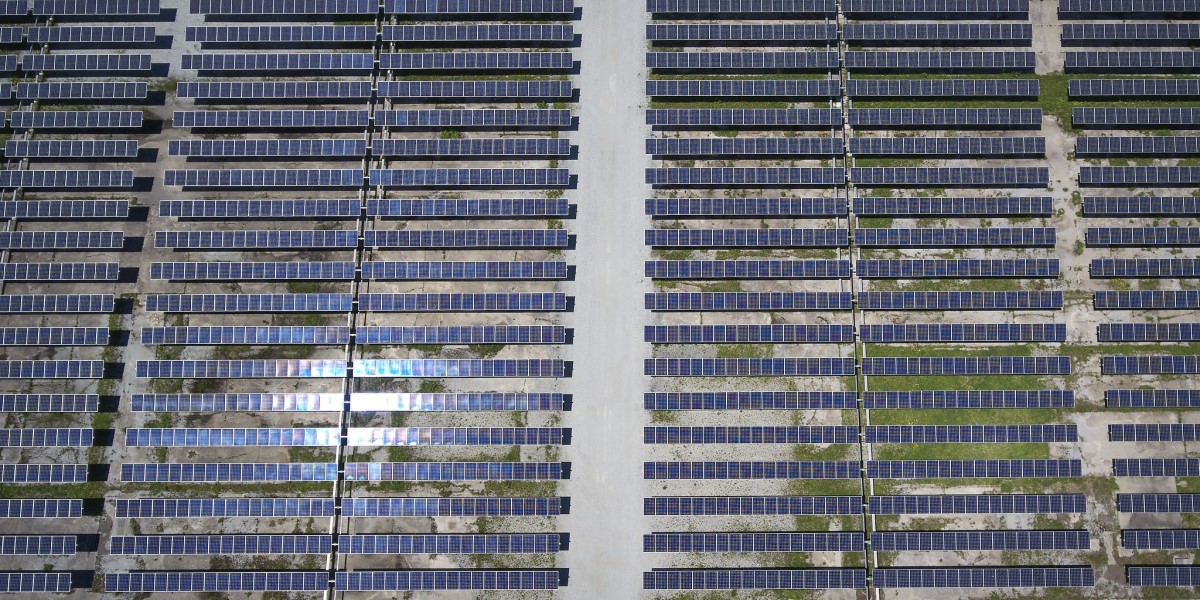Northeastern Illinois' economy is changing. An inclusive growth analysis by TIP Strategies encouraged the region to become a national leader in the clean energy economy. Our industrial base has evolved to meet global demand for services and to leverage our historic strengths in goods development, production, and movement. And with an influx of state and federal investment, the region is ready to lead.
There are many opportunities that come with developing a clean economy — from less air and water pollution to more innovation and investment in our region — and CMAP is committed to helping create an equitable, strong, clean economy.
As a region, northeastern Illinois has the most diverse economy of any large U.S. metropolitan area — which makes us well positioned to seize new opportunities. ON TO 2050, the region's long-range plan, seeks to improve our ability to adapt to a changing economy and to thrive by supporting the competitive, export-oriented industries.
There is an unprecedented level of state and federal funding for the clean technology sector through the Infrastructure Investment and Jobs Act, Inflation Reduction Act, Climate and Equitable Jobs Act, and Reimagining Energy and Vehicles in Illinois Act. And now, a new partnership, the Chicagoland Climate Investment Alliance, will help support and grow a clean tech regional economy.
The Chicagoland Climate Investment Alliance will work together to secure federal funding and make northeastern Illinois a clean tech destination. Their first project is submitting a $1 billion proposal — the "Rust Belt to Green Belt Initiative" — to the U.S. Environmental Protection Agency's Clean Communities Investment Accelerator.
Much of the groundwork already has been done so northeastern Illinois can take advantage of these opportunities and become a clean technology hub:
In 2020, the Chicago Metropolitan Agency for Planning's (CMAP) traded industry cluster research included analysis and snapshots about the region's existing business sectors to inform and improve how the region approaches economic development.
Later that same year, CMAP convened a task force of regional leaders to collaborate on pandemic economic recovery. That effort grew into the Greater Chicagoland Economic Partnership, now managed by World Business Chicago. mHUB's Clean Tech Economy Coalition — selected as one of 60 Build Back Better Regional Challenge finalists — also had roots in the task force.
In 2022, CMAP became a part of the Midwest Alliance for Clean Hydrogen, which received a U.S. Department of Energy investment in a regional clean hydrogen hub.
In September 2023, CMAP, ComEd, and the Respiratory Health Association received a $500,000 contract through the U.S. Department of Energy's Clean Energy to Communities initiative that supports community-driven projects to electrify transportation, buildings, and industry.
"These are the kinds of opportunities that can emerge when partners coordinate and collaborate as a region," said Austen Edwards, CMAP senior policy analyst. "CMAP will continue creating forums and preparing data-driven strategies to build regional partnerships."
Read the Chicagoland Climate Investment Alliance news release.
